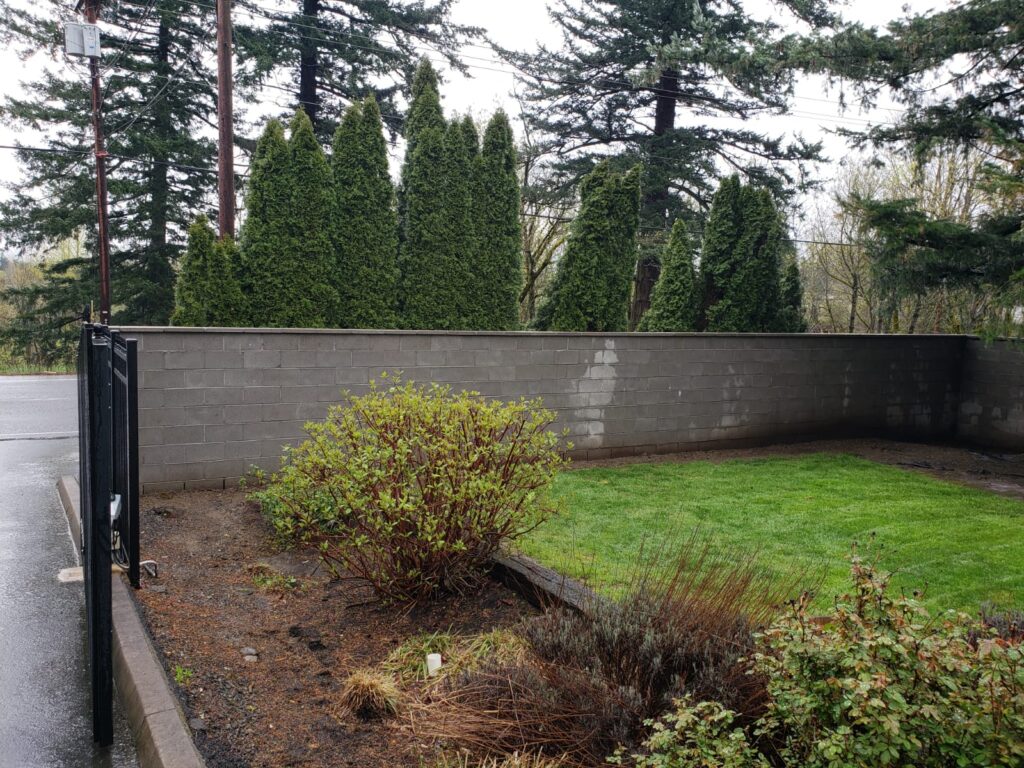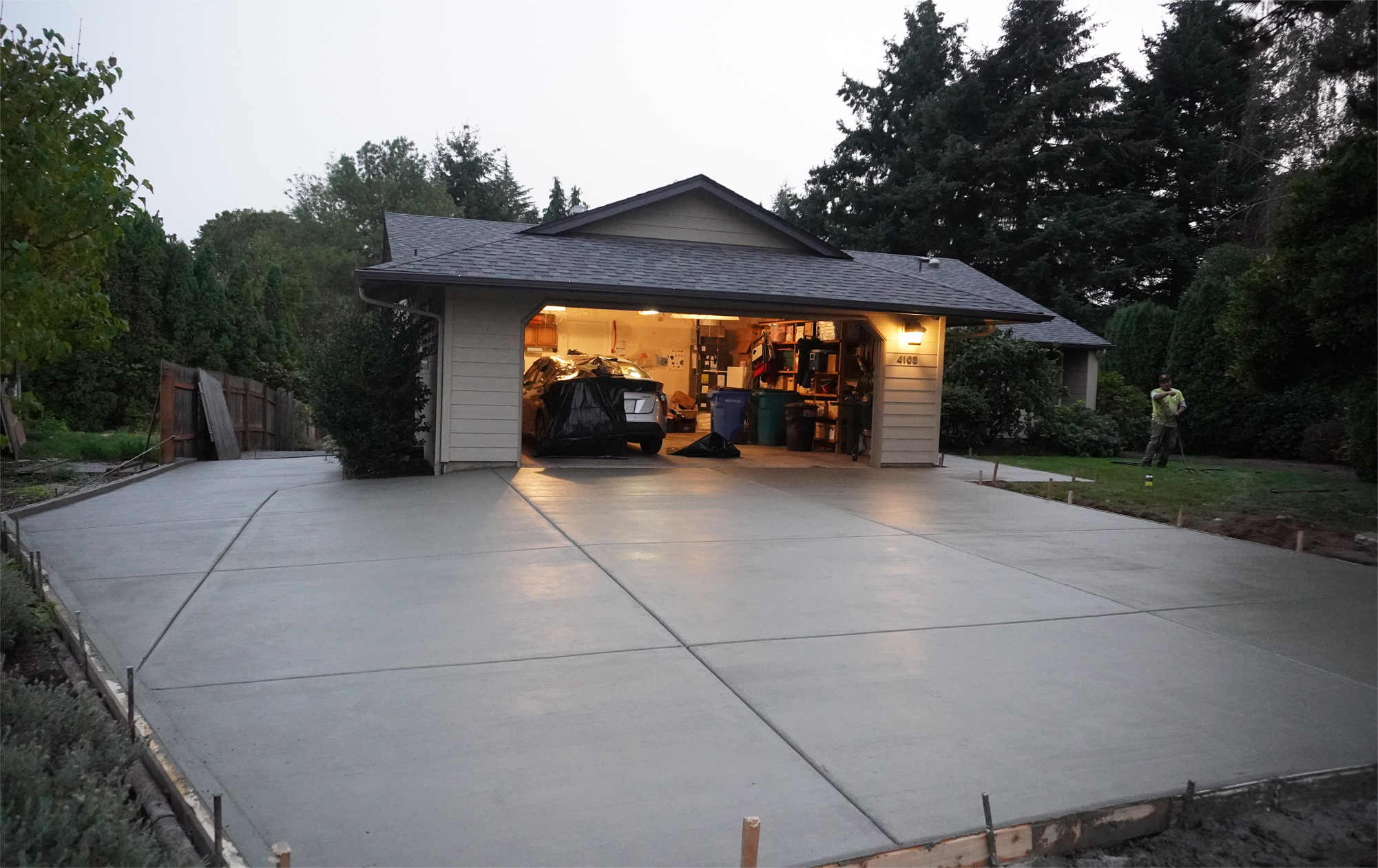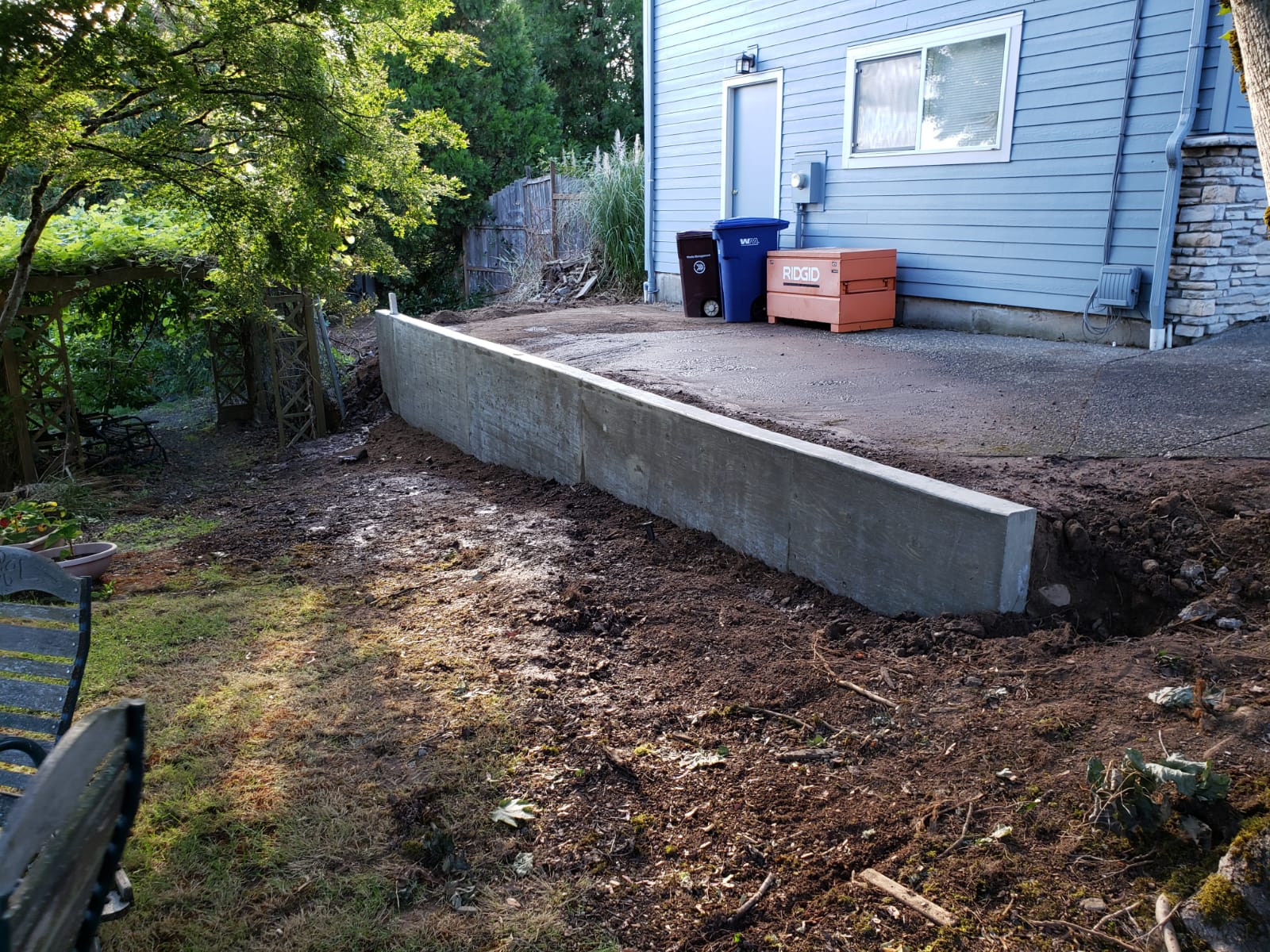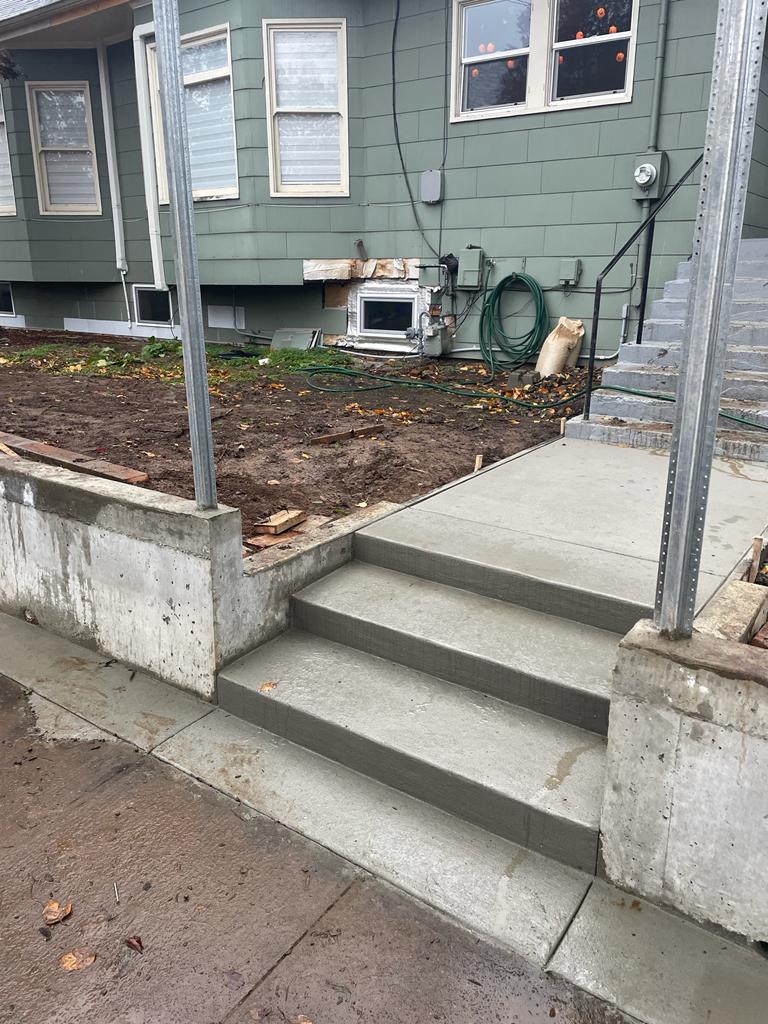Are you looking to build a strong retaining wall in your yard? Do you have a concrete slab already in place? If that’s the case, you probably think you can use the slab as a retaining wall foundation. We researched and figured out the most favourable response to this topic. See what we found below.
While it is always applicable to construct a retaining wall out of concrete, it is not simple. You can’t merely build your wall on top of an existing concrete foundation. The soil pressure against the wall will cause your wall to slip if it is not fastened into the concrete. You can, however, lay your concrete slab or dig a hole all along the sides of the concrete slab using a jackhammer.
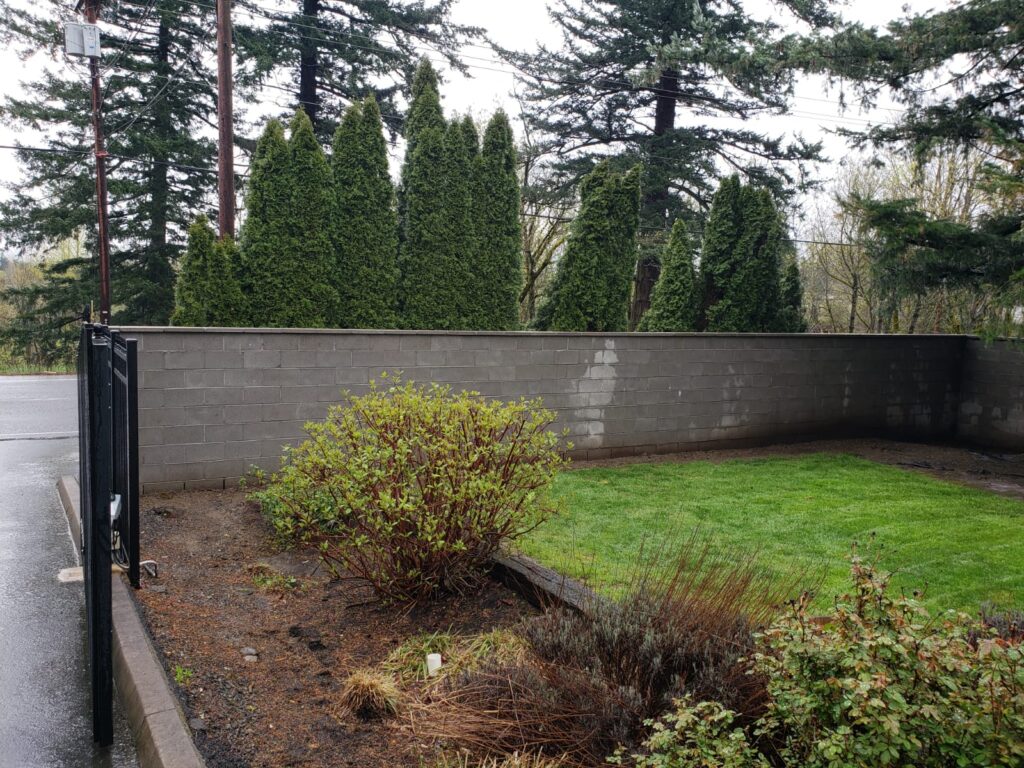
Now that you’ve figured out the basics, studying how to construct a retaining wall on concrete is necessary. Continue reading to discover the most excellent wall materials, the best core material, and more.
Is it possible to construct a sturdy retaining wall out of concrete?
In landscaping, a retaining wall is used to keep soil in place. It permits the ground behind the wall to be higher than the soil on the opposing side. Because the dirt becomes heavy, the wall must be solid and well-constructed. The mass of the soil pressing against the wall will otherwise cause it to shift or break.
Concrete Slab in Place
While a retaining wall can be built on a preexisting concrete slab, you must do some alterations beforehand. Never put your wall right up against the concrete. It will result in a shifting wall across the foundation. With time, it will also break or fall. Instead, you’ll need to locate the wall’s intended placement. Break up the chunk of concrete with a jackhammer to make a trench. Take out the concrete fragments. Now dig out the trench with a flat-bottomed shovel. It should be able to penetrate at least two layers of the soil. After digging your trench, fill it with sand and small gravel pieces mixture.
How To Build Your Strong Concrete Wall?
Footing Construction & Preparation
Construct the wall and dig the footing trench. Place rebar at intervals corresponding to the core in the blocks in the wet concrete footing. Prepare the ground, apply mortar, and construct the leads, moving the blocks over the rebar as necessary.
Place Drain Holes
Install drain holes (3/4-inch pipe) in the mortar every third block as you install the second course of blocks. Chip a tiny depression in the blocks and build a mortar bed for the pipe, slightly sloping it toward the front. Then, on the next block, carve a recess, butter the ears, and place the block.
Remove any excess mortar.
Check the mortar now and then. Scoop off the surplus using an upswing of the scoop’s edge when it starts to form up. As you perform the removal of the excess mortar, make sure you do not end up sealing the drainage holes.
Deploy Landscape Fabric
you have to spray landscape fabric over the soil behind the base of the wall after putting at least two courses, temporarily placing the surplus over the lawn on the slope. To keep the fabric in place while working, place rocks on it. Backfill the wall with gravel between the back of the wall and the slope, then lay a perforated drain line on the gravel bed level with the top of the first level. Turn your back on the holes.
Cover the drainpipe with gravel
As you add levels to the wall, backfill with extra gravel. Backfill the gravel fill with dirt after folding the landscaping cloth over it. Sod must be replaced. Cover those centers containing rebar to the surface with mortar when the retaining wall is finished. Fill mortar should be slightly wetter than joint mortar. A trowel is utilized to smooth the top. To complete the wall, apply more mortar and place the cap block.
FAQs
What are the benefits of building retaining walls around my house?
The most common advantage of building residential retaining walls is to protect exposed basements from erosion. If not restricted by a retaining wall, the earth can block your basement doors and windows.
Retaining walls are also effective for houses on or below large slopes. Retaining walls safeguard the foundation of dwellings on top of slopes from moving. A retaining wall will keep soil from gathering up around your residence. Different wall placements will help you with different outcomes for your home and yard.
What are the advantages of building a retaining wall on my commercial property?
Commercial retaining walls give structural support and aesthetic appeal to commercial buildings. Retaining walls assist the terrain level by managing the grading when building a new structure.
What distinguishes retaining walls from seawalls
Seawalls are built to defend the shoreline. Though they resist erosion in the same way retaining walls do, they are only found along the banks of a body of water. It can fail when a stone or brick retaining wall is built too close to the water. If you own waterfront property, inquire about how retaining walls and seawalls might help to protect your home.
What is the maximum height of a retaining wall?
Several factors will determine the height of your retaining wall. Some walls may need to be 2 feet tall, while others on commercial property may need to be 40 feet tall. It depends on the area of your property and how much security you require from the wall. Our specialists will help you assess the appropriate retaining wall size for you.

